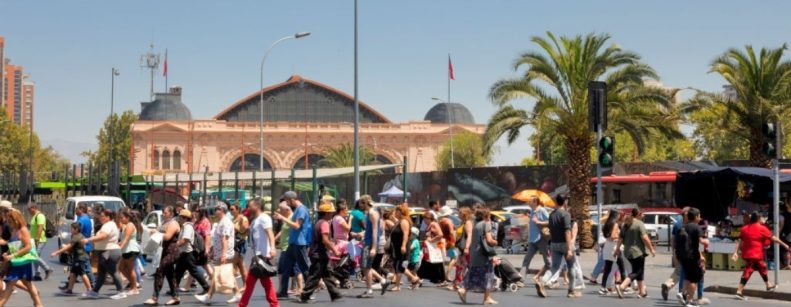
The INE today published the sectorial data for September, which showed a different trend from the one observed in recent months. After quite some time, driven by the increased liquidity measures of households, the deconfinement process of the population and the low bases of comparison that 2020 represents, the activity started to show the first signs of deceleration. Yes, you read me right, slowdown.
The greater dynamism observed in 2021 has been mainly based on measures of a transitory nature, which is fine given the urgencies posed by the pandemic and assistance to households. This has been behind year-on-year growth rates that were previously unrecorded, making this year's GDP likely to expand by over 11%. However, the next period would not have the same characteristics and our growth would again be explained by the country's longer-term fundamentals, which have recently faced some deterioration. If we add to this the natural uncertainty of the election processes at the end of the year, the processing of the new constitution, the development of the pandemic worldwide and the process of normalization of ultra-expansionary policies around the globe, we have a very challenging scenario. Thus, expectations for 2022 and 2023 will hopefully reach 2.0% - 2.5%.
But what were these first signs? First of all, manufacturing production, although growing 4.3% compared to the same period of the previous year, achieves that result simply because it is compared to a low base, since if we compare it versus August of this year (using a methodology that "eliminates" seasonal components) it falls 1.4%. Additionally, and perhaps referring to one of the sectors that has shown greater dynamism, the Sales of Commerce also expanded significantly (19.9%) in one year, but compared to last month, using the same technique mentioned above, it falls 0.1%, a decrease that has not been observed for 5 months, just before the massive deconfinement processes of the population began. If we disaggregate the previous result, we realize that it is the durable goods component that decelerates the most (-1.3% versus August), although the non-durable goods component also decelerates (-0.4%). As an exception, supermarket sales stand out, which expanded both on an annual and monthly basis.
This does not mean that activity as a whole will collapse. No. In fact, it is more likely that the Imacec will have shown growth of close to 14% during September and that double-digit increases in this indicator will continue during the remainder of the year. However, behind these variations there will be less and less "fundamental" dynamism and there will only be leftovers from government programs and pension fund withdrawals, which, by definition, are neither infinite nor permanent. Thus, from the second quarter of 2022 we will start to see rates closer to 3%, returning to our reality suddenly, but also focusing the discussion (we hope) on how to grow more in a sustained, responsible and sustainable manner. And, in the absence of short-term drivers, we do not rule out that we will see a technical recession during the third quarter of next year. But do not panic, this will not be similar to the one we experienced as a result of the pandemic, in fact, it will be something rather statistical, but it will be a ground wire for us to incorporate once and for all into the debate on how to grow more and better.
Nathan Pincheira
Chief Economist of Fynsa